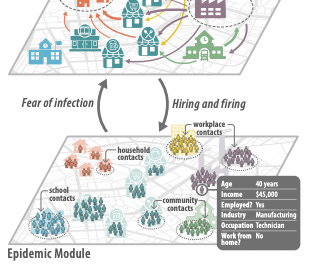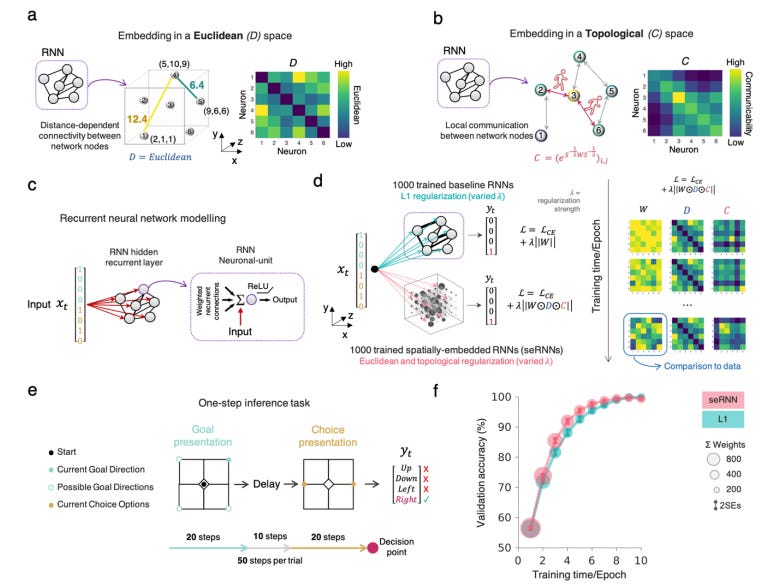Network and Complexity Foundations
Entropy of labeled versus unlabeled networks
The way we label the nodes of a network can affect its entropy? Here the authors compare the entropy of labeled and unlabeled versions of popular network models and find that in sparse networks, the entropy of meaningless labeling may dominate the entropy of the network structure. This suggests that using exchangeable models to analyze real-world networks with distinguishable nodes may introduce uncontrolled aberrations and calls for a reexamination of the statistical foundations and key results of network science.
Non-reciprocal multifarious self-organization
In biological systems, small building blocks self-assemble into structures by taking advantage of the thermal agitations to find matching partners in the medium. To achieve such functionality in an artificial system, the challenge will be to design an interaction matrix between the building blocks so that they self-assemble into predefined units.
Network Neuroscience
The authors introduce a spatially-embedded recurrent neural network (seRNN) to study the effect of resource limitations on brain networks. seRNNs exist within a 3D Euclidean space and learn basic task-related inferences while communicating through a sparse connectome. The seRNNs can be used to bridge the structural and functional research communities in neuroscience.
Human Behavior
The unequal effects of the health-economy tradeoff during the COVID-19 pandemic
In this paper, the authors develop a model to simulate the impact of COVID-19 on different industries, occupations, and income levels. The model finds that strict restrictions and high fear of infection harm the economy but reduce infections, and that low-income workers are disproportionately impacted.







